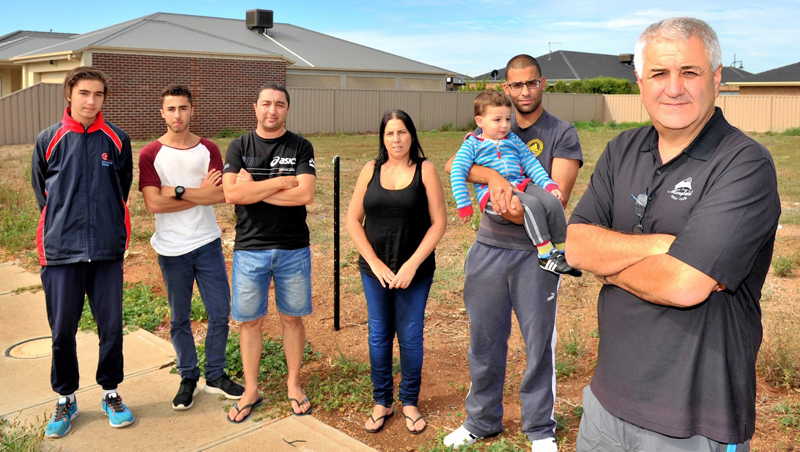Point Cook home owners are fighting a proposal to build a block of eight two-storey units in their street fearing they could open the floodgates for similar developments in the area.
Perlette Drive resident Tony Farriciello said the plan, yet to be approved by Wyndham council, was contrary to the existing neighbourhood character of single-storey houses, but it followed the approval of similar high-density developments nearby.
Mr Farriciello said there were currently no double-storey houses or multi-storey units in the street and residents had started a petition against the proposal.
“The Planning Act states its purpose is to achieve residential development that respects the existing neighbourhood character or which contributes to a preferred neighbourhood character,” he said.
“There’s no need for high-density developments in residential areas when there are plenty of other areas that cater for this type of housing.
“This area was designed for houses on single blocks, but now the covenant has expired it could be open slather to any developments.
“Residents in this street don’t want the existing character of the neighbourhood to be changed and we’ll fight to keep it.
“Proposals such as this one are all about greedy developers trying to make a quick buck at the expense of residents.”
Council chief executive Kerry Thompson said the restriction preventing more than one dwelling being built on the land slated for the units expired on December 31 last year.
“Wyndham City is currently undertaking a Housing and Neighbourhood Character Strategy which will establish criteria for the intensification of established residential areas in Wyndham,” she said.
“It’s important to note that respecting character does not necessarily mean preventing change. Depending on the neighbourhood, there are two broad approaches to respecting character: respecting the bulk and form of surrounding development and respecting the architectural style of surrounding development.
“Respecting neighbourhood character does not mean mimicry or pattern book design, or limiting the scope of design interpretation and innovation. Instead, it means designing the development in response to the features and characteristics identified in the neighbour- hood.”







